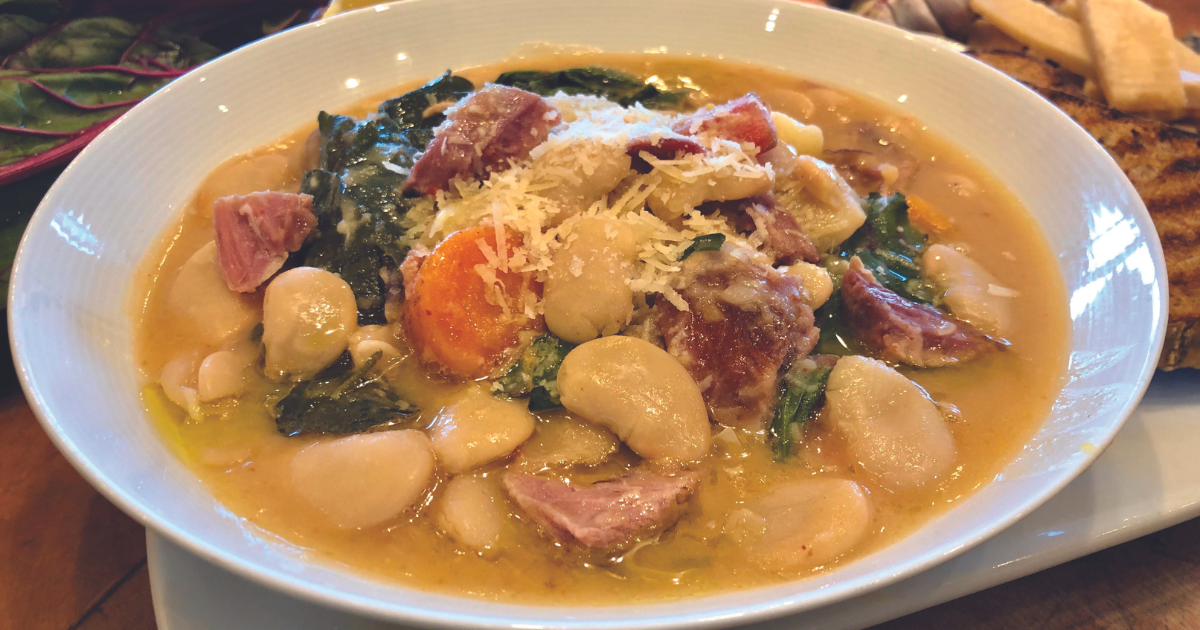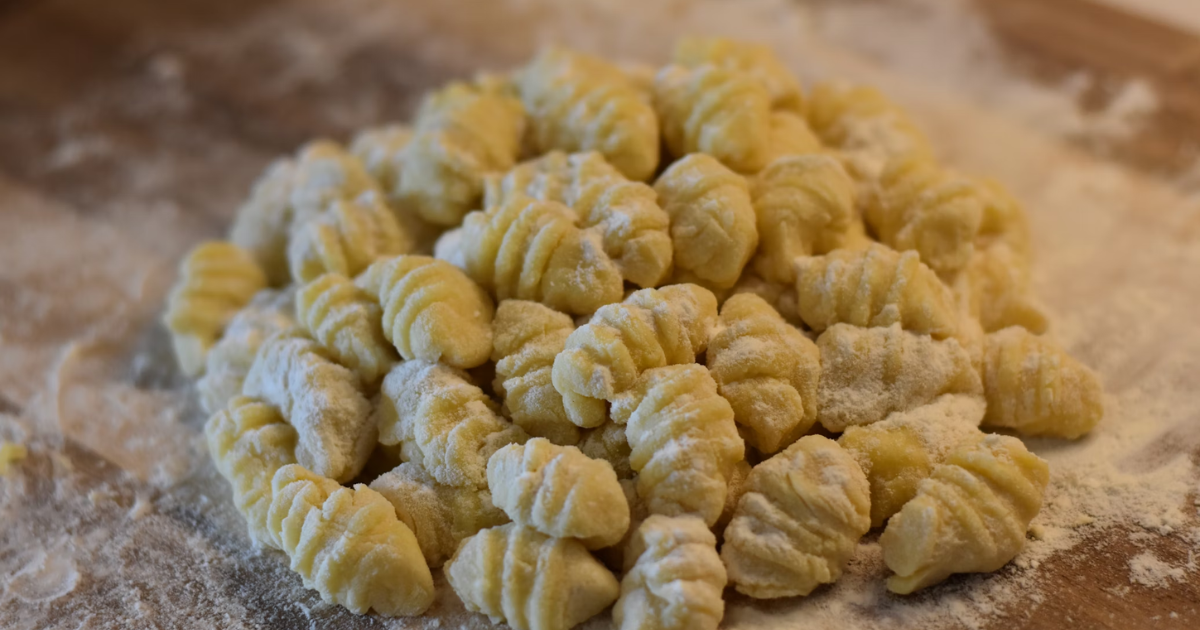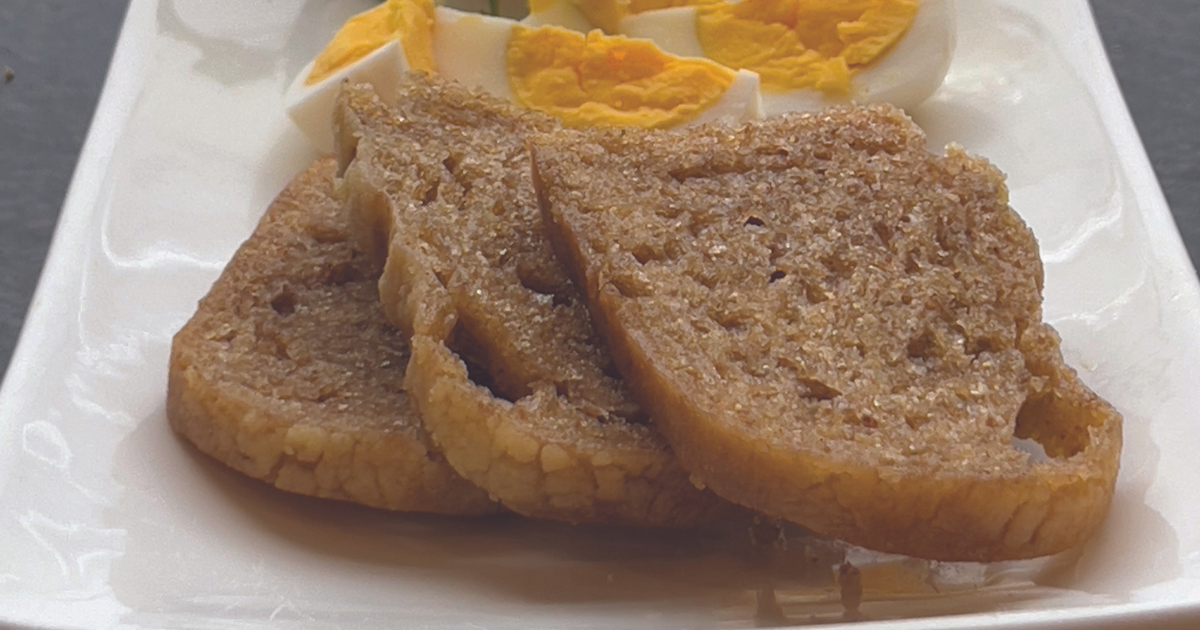My grandmother taught me that sometimes the best foods are the most unexpected. She used everything, from root to tip, whenever possible, and nasturtium seeds were no exception. If you can pickle a nasturtium seed, what can’t you pickle?
When brined and pickled, nasturtium seeds become a peppery version of store-bought capers, which are actually the pickled flower buds of a shrub native to the Mediterranean.
To pickle nasturtium seeds, first gather them when they’re still green. Before the seeds fall away from the plant, they can be found where the flowers once were, in a neat clump of three that should be separated out into individual seeds before pickling. You may also find bright green seed pods below plants — just steer clear of seeds that have begun to yellow and turn brown as they’ll be tough and unpalatable.
Ingredients
- 3 tbsp. salt
- 1/2 cups water
- 2/3 cup nasturtium seed pods, separated and cleaned
- 3/4 cup white or white wine vinegar (5% acidity)
- 2 tsp. sugar
- Sprig of thyme or a short sprig of rosemary
- 1 bay leaf
Method
BRINE SEED PODS
1. Combine salt and water in a saucepan and bring to a boil.
2. Put clean nasturtium pods into a quart-sized canning jar. Pour hot brine solution over seed pods, cover, and let soak for 2 or 3 days.
3. Once pods are brined for a couple of days, it’s time to pickle them.
PICKLE
1. Drain and rinse the brine from the seed pods using a strainer, and place them in a half-pint jar.
2. Combine vinegar, sugar, herbs and bay leaf in a saucepan and bring to a boil.
3. Once boiling, let it simmer for a minute and stir to be sure sugar has dissolved.
4. Pour the vinegar mixture over nasturtium pods, making sure the herbs find their way into your jar. If you’re making a double or triple batch, divide the herbs evenly between your jars and let cool.
5. Cover and refrigerate once jar reaches room temperature. Seeds are ready for eating after a few days in the fridge, but I like to let them sit for at least a week before adding them to dishes like roasted veggies, sautéed summer squash and salads. Store for up to six months for quick pickle batches, and eat within the year for best flavor if canning with a hot water bath.

Book: Grow What you Love by Emily Murphy
Copyright Info: Published by Firefly Books Ltd. 2018 / Text copyright © 2018 Emily Murphy / Photograph copyright © Emily Murphy & Josh Murphy
Requested Page: 207
Makes 1/2 pint. Double recipe as needed.













